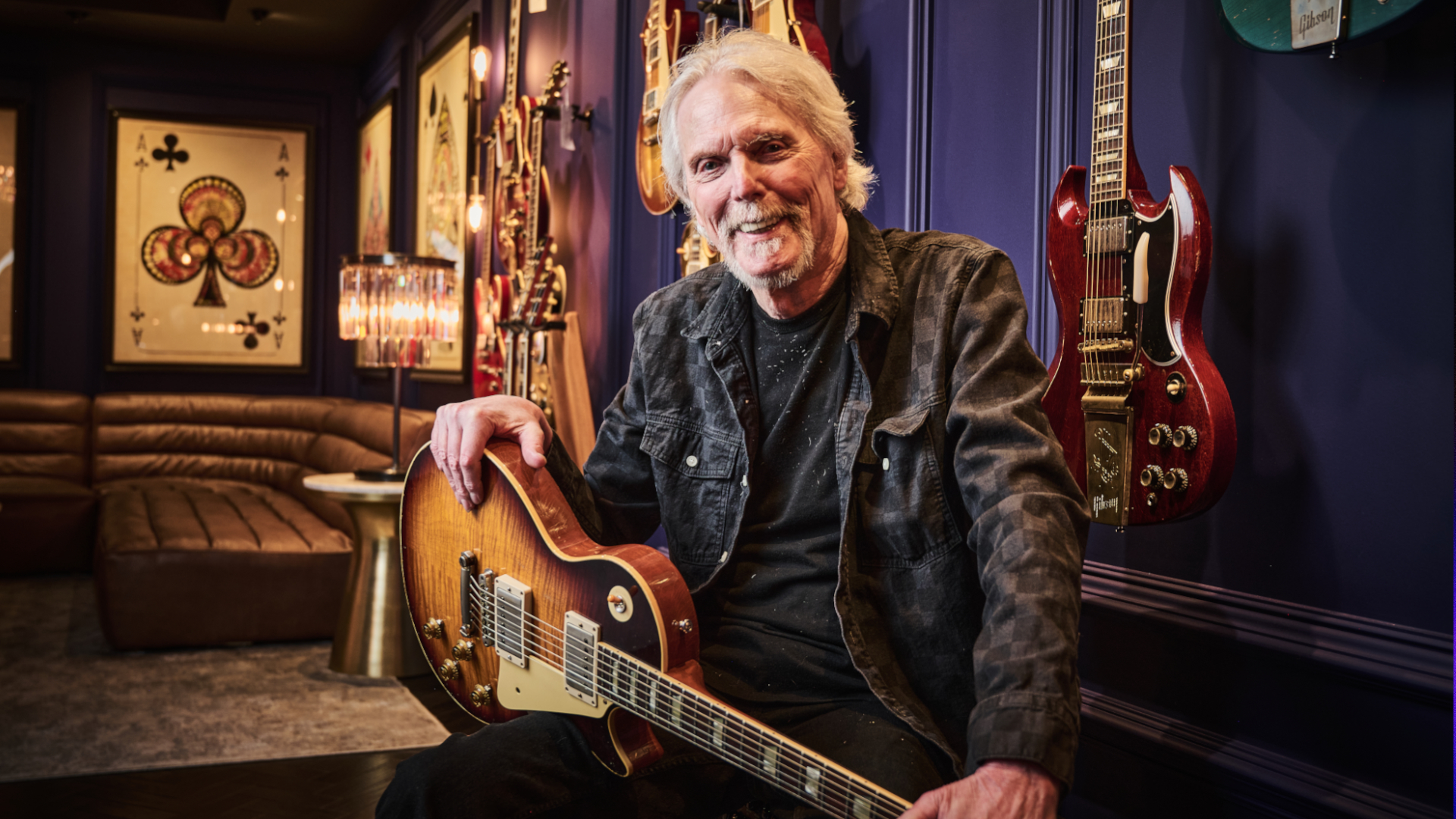“It’s a classic now, but it didn’t have twin-guitar harmonies at first. We never even considered it for a single.” Scott Gorham tells how Thin Lizzy’s “The Boys Are Back in Town” was saved from oblivion
The classic-rock icon also shared with us the Irish origins of the group’s twin-guitar harmony attack

Many guitarists have passed through Thin Lizzy’s ranks, from Eric Bell and Snowy White to Gary Moore and John Sykes. But as memorable as those players were, it was the duo of Scott Gorham and Brian Robertson who changed the game with their innovative twin-guitar attack. And no Thin Lizzy track did more to establish that than their 1977 hit “The Boys Are Back in Town,” from their album Jailbreak.
But as Gorham tells Guitar Player, those famous harmony guitars weren’t originally part of the song.
“When it began, there were no harmony guitars — that most famous signature element of the song,” he says. “It was just the basic chord pattern and Phil's vocals. And I thought the lyrics that he put down were very cool, but I saw we had some trouble spots where something had to be done to lift the song up.”
Which is exactly where Gorham and Robertson applied their twin-guitar talents.
“I came up with the initial riff, and Robbo came in with the harmony, and it just evolved from there,” Gorham explains. “But even after we recorded our parts, we didn't think of it as a hit. It’s a classic now, but believe it or not, we didn’t even consider it for a single.”
In fact, by the time of Jailbreak’s release, Thin Lizzy’s inability to select a winning single had been well documented. “We had picked the singles from my first two albums with the band,” Gorham says, “but none of them ever got any traction.
“So for this third album we said, 'Let's let the record company pick one!’ ” Much to the band’s dismay, the label chose the Jailbreak track "Running Back.” “The label added keyboard overdubs to it to make it more commercial,” Gorham says. "So we said no, thank you."
All the latest guitar news, interviews, lessons, reviews, deals and more, direct to your inbox!
But with a tour of the U.S scheduled to begin in May, it looked like Thin Lizzy might be on the road without a single to promote — a recipe for disaster.
Fortunately, a pair of U.S. disc jockeys in Louisville, Kentucky, had received Jailbreak and became enamored of “The Boys Are Back in Town” “They kept playing it on the air, to the point that other local stations started playing it too,” Gorham says.
By April the song had been released as a single in the U.S., backed with “Jailbreak” (although in the Netherlands it was paired with “Emerald” as the B-side.) It was out just in time for Thin Lizzy’s tour. “And once that happened, it just exploded all over America.”
Thanks to “The Boys Are Back in Town,” Gorham and Robertson’s twin-guitar attack became Thin Lizzy’s calling card. But as Gorham explains, their contribution to rock and roll guitar playing has often been mischaracterized.
"In the Irish songs, there's a lot of minor chords, so you've got to learn how to get those sweet harmonies and toughen them up. And that’s where we came in."
—Scott Gorham
”I’ve had journalists go, ‘Scott, you're the guys that invented the harmony guitars,' ” he says. “Well, no, that's so not true. The country-and-western guys had been doing it forever.”
What they did do was adapt the technique to the style and musical temperament of hard rock and heavy metal. “We took the sweetness out of the whole harmony thing and toughened it up by using it with minor chords,” he explains.
“The country guys are all playing with major chords. Like the Everly Brothers — I love all their harmony work. But in the Irish songs, there's a lot of minor chords that you're playing, so you've got to learn how to get those sweet harmonies and toughen them up. And that’s where we came in. I think that was the difference, and a lot of people heard that we were able to do that.”
Andrew Daly is an iced-coffee-addicted, oddball Telecaster-playing, alfredo pasta-loving journalist from Long Island, NY, who, in addition to being a contributing writer for Guitar World, scribes for Rock Candy, Bass Player, Total Guitar, and Classic Rock History. Andrew has interviewed favorites like Ace Frehley, Johnny Marr, Vito Bratta, Bruce Kulick, Joe Perry, Brad Whitford, Rich Robinson, and Paul Stanley, while his all-time favorite (rhythm player), Keith Richards, continues to elude him.
